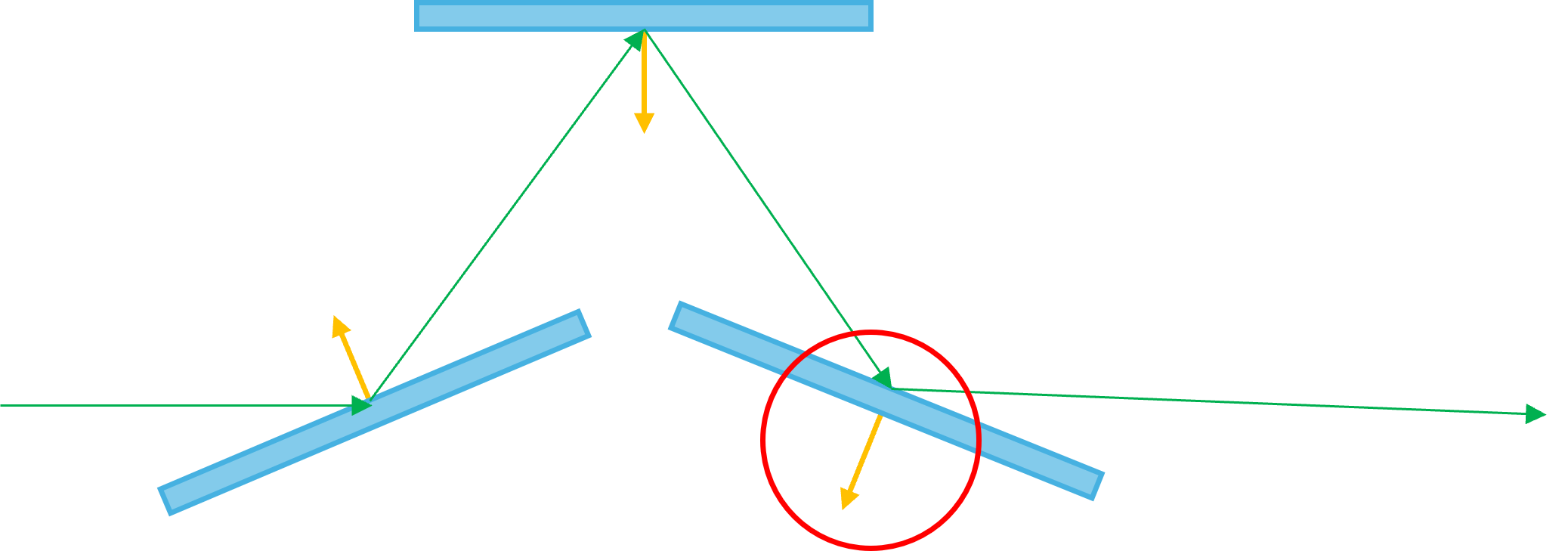I am running into an issue placing lenses following a mirrored surface.
Here is my design in sequential mode:
Then I add K-mirror before the lens assembly in non-sequential mode:
After the mirrors are added changing the curvature of radius of the lens assembly fails. The light is not reflected through the lenses and Zemax draws the lens as large circles. Any clue as to what is causing the issue?







